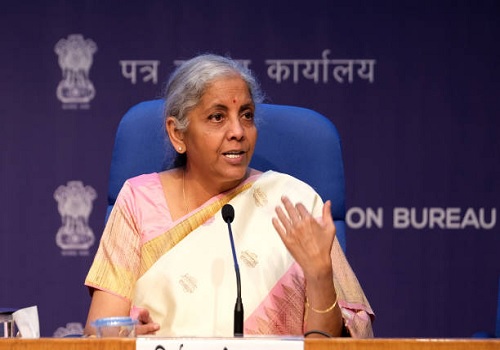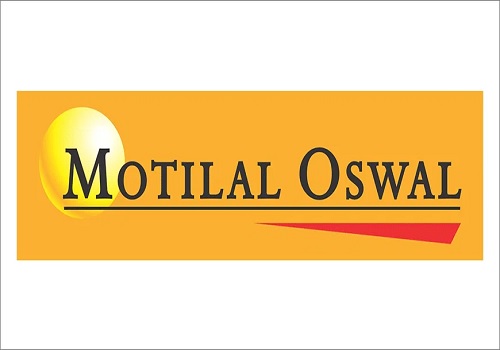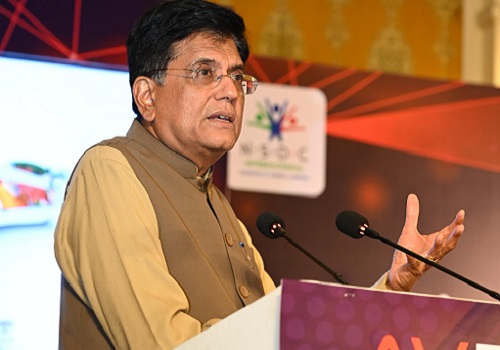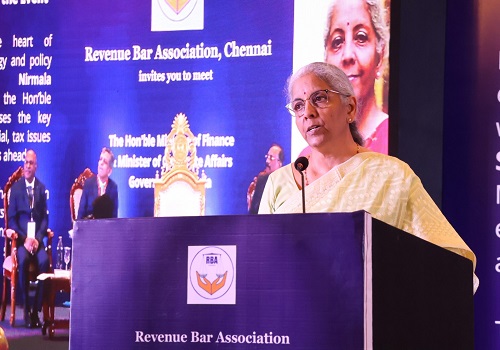Direct Benefit Transfer of Rs 34 lakh crore facilitated by PFMS: FM Nirmala Sitharaman

Finance Minister Nirmala Sitharaman has said that Direct Benefit Transfer (DBT) of Rs 34 lakh crore has been facilitated by the Public Financial Management System (PFMS) and asked accounts officers to further enhance efficiency and transparency of the system. She said this is a testament to the system's effectiveness in eliminating inefficiencies and ensuring that the benefits are delivered directly to the citizens without any leakages. She also highlighted that 1081 different schemes, including those of state governments, have been seamlessly integrated into the DBT.
She noted that PFMS has been the cornerstone of establishing an efficient fund flow system alongside a robust payment and accounting network. PFMS is the management information system used by officers of the Indian Civil Accounts Service to maintain the accounts of the government. It is also used to transfer funds to beneficiary accounts of various government schemes via DBT. PFMS, which is developed and implemented by the Controller General of Accounts under the Department of Expenditure, has played a pivotal role in revolutionising the financial administration of the government. This has not only facilitated a real-time, reliable, and meaningful management information system but also has paved the way for a more transparent, accountable, and people-centric governance.
The minister further said that initiatives by the Central Pension Accounting Office (CPAO), under the office of CGA such as the Pensioners Facilitation Cell, Web Responsive Pensioners Service, Pension Adalats, and recently developed Dirghayu pensioners' mobile app, have helped more than 12 lakh pensioners with easy access to pension-related information and addressing their grievances promptly. She said ‘as we embark on the journey towards becoming a 'Viksit Bharat' by 2047, hope that the CGA and ICAO continue to work towards enhancing the efficiency, transparency, and accountability of our financial administration through innovative and people-centric approaches.’
























